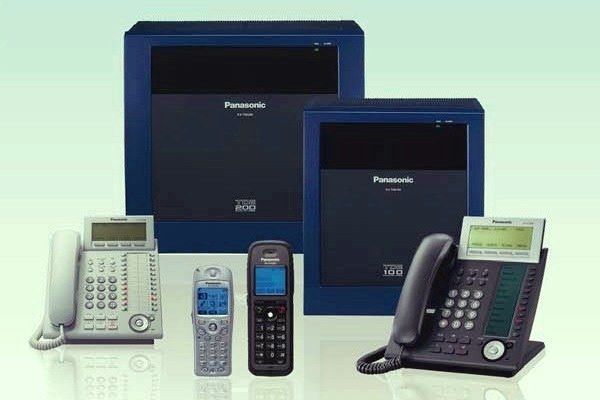The main differences between analog and digital PBX
Analog PBX can convert it into a pulse or continuous electrical signal. Basic capabilities of such equipment are: internal communication, tone pulse dialing, call hold, call transfer, redial last number, conference call, receiving a call by another subscriber, day/night mode, paging. Analog PBX is quite reliable and easy to operate. This equipment can be used if the capabilities of the network are not high demands, and the number of subscribers is not more than 50. Installation of this system in a small company will be the best solution. In comparison with digital PBX, analog equipment is cheaper. The disadvantage of analog PBX is quite a small number of functions, the configuration of the system is rigid and not subject to change.
Unlike analog digital PBX can convert it using the method of pulse code modulation into streams of binary pulses. They have a significant number of service functions, it is possible to connect digital and analog phone lines. It is possible to connect devices via conventional two-wire line. Digital automatic telephone exchanges, in contrast to analog, are more expensive. They differ in the flexibility of the system and plan programming, they have different requirements of production technology. The most effective is the use of such ATS when the number of subscribers more than 50.
Characteristics of digital exchanges
The advantages of the digital PBX include high reliability, possibility of flexible programming (e.g., LCR), the presence of cellular communication. They provide excellent speech quality, have the capability to create a call center. The use of digital PBX allows you to connect the system unit (to two units), to develop video telephony, to carry out the integration with the computer network. It can help to work with digital lines PRI, BRI, and VoIP.
Functions of digital exchanges are as follows:
- auto attendant - the extension dial tone subscriber, which helps connect callers with an extension;
- Voicemail in case the subscriber is busy, the caller can leave a voice message;
- DECT - communication - allows employees to move around the office with a DECT phone;
- IP-telephony - a communication system that transmits speech signals for other IP networks or the Internet;
- CTI (computer telephony integration) allows to integrate the PBX with the software;
- conferencing - provides communication for multiple participants simultaneously;
- remote administration of digital PBX- enables you to configure and program the PBX in the distance;
- external paging (paging), which allows you to find the right employee or to inform all employees about any event.
